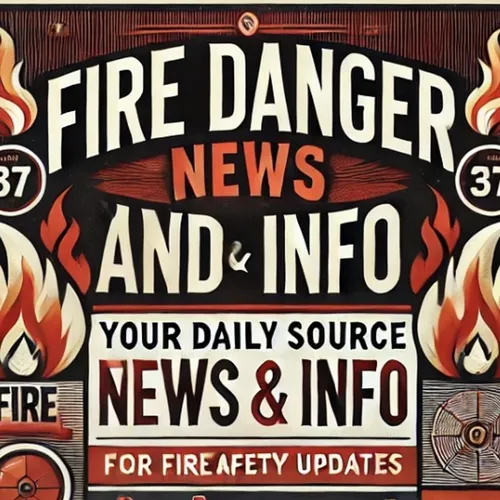Heightened Fire Risk Grips Large Regions Across the United States and Canada
- Author
- Quiet. Please
- Published
- Sat 19 Jul 2025
- Episode Link
- https://www.spreaker.com/episode/heightened-fire-risk-grips-large-regions-across-the-united-states-and-canada--67040150
Fire danger remains high across large regions of the United States this week, with multiple areas experiencing elevated risk due to ongoing hot and dry conditions and numerous wildfires prompting new restrictions and firefighting efforts. In southwestern Colorado, Pagosa Country has continued through a stretch of warm, dry weather, resulting in several fires sparked by lightning. One of the main incidents, called the Little Devil Fire, began north of the Devil Creek State Wildlife Area and Ute Campground along U S 160 on July 14. Fire management teams from several organizations responded quickly with both aerial and ground resources, successfully containing the fire within a 7.5-acre area. The U S Forest Service reported that aggressive use of air tankers and helicopters kept the fire’s footprint small, and containment lines held overnight, allowing crews to begin mop-up operations the next day. The San Juan National Forest fire danger level is currently rated high at upper elevations and very high at lower elevations, prompting expanded fire restrictions according to The Pagosa Sun.
In New Mexico, the Laguna Wildfire northeast of Gallina continues to burn, growing to over sixteen thousand acres since igniting on June 25 due to lightning. According to the New Mexico Fire Information Service, containment has reached forty seven percent, but the fire remains active and smoke production is expected to increase over the weekend. The area around the newer Goose Fire in Gila National Forest was closed this week to safeguard both firefighters and the public. Fire officials there are focused on patrolling hazards and keeping the wildfire from spreading further into populated zones.
Meanwhile, in California, Modoc National Forest enacted new fire restrictions effective July 18. These measures are aimed at reducing the risk of both lightning and human-caused wildfires during a period of heightened fire potential. Authorities there note a broad range of human activities can spark wildfires, including campfires, fireworks, vehicles, and equipment like lawnmowers. The public is urged to stay informed and adhere strictly to the restrictions as the situation is dynamic and local rules can differ by jurisdiction, according to the U S Forest Service’s Modoc National Forest division.
In the Pacific Northwest, Snohomish County, Washington, is under a Red Flag Warning due to persistently hot, dry, and unstable conditions. The National Weather Service issued the warning for July 16 and continues to support a countywide burn ban first announced earlier this month. All outdoor and agricultural burn permits are suspended, and officials stress that the ban will only be lifted after a sustained period of rainfall, according to the Snohomish County Department of Planning and Development Services.
Looking more broadly, wildfire activity is set to increase and persist at above-average levels across western Canada as well, with Canadian officials warning of particularly challenging conditions in southern British Columbia. Over three thousand wildfires have already occurred in Canada this year, burning more than five million hectares, according to Canada’s natural resources ministry. The pattern of widespread drought, above-normal temperatures, and lightning-caused ignitions across North America highlights a continuing, urgent concern for fire danger across both the United States and neighboring regions.
Some great Deals https://amzn.to/49SJ3Qs
For more check out http://www.quietplease.ai
